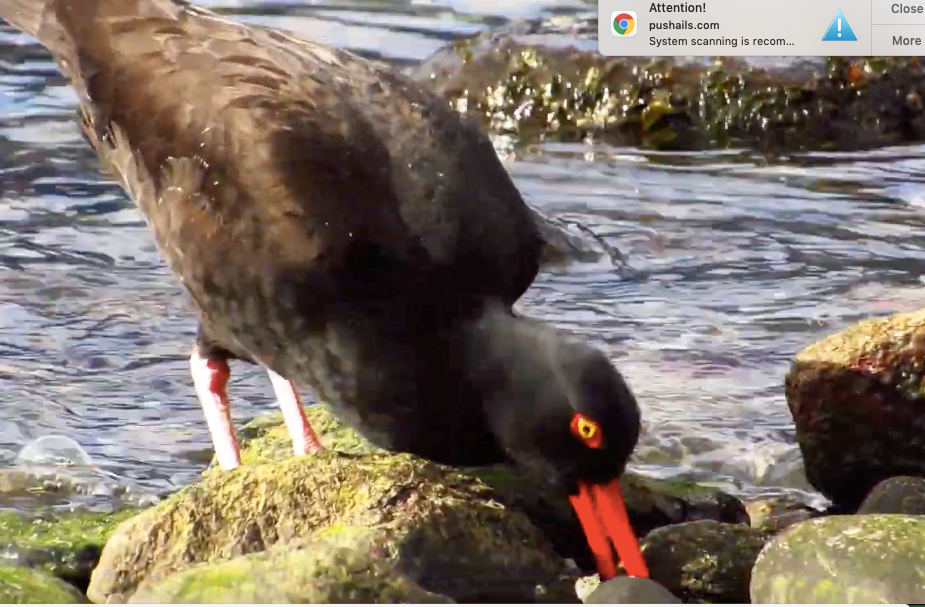Their bright orange bills that jut out from their jet-black bodies make them distinctive and easy to find on rocky coastal shores, including around Howe Sound.
�鶹�����birder Chris Dale captured this footage of a black oystercatcher on the waterfront at Furry Creek eating a clam and searching for other crustaceans.They eat mostly shellfish along the shore and cast off the shells when done.
Another fascinating fact about these striking aves is that those who reside from Alaska to Oregon have black bodies, while further south they get lighter.
According to Cornell Lab's ., south of Oregon, they have increasing amounts of white feathers and browner abdomens.
Also, they are thought to be monogamous and are often paired up with fellow oystercatchers year-round and fly in duets.
They breed in the spring and have one to four eggs.
Both parents incubate eggs and tend to their chicks.
The oldest recorded fine-feathered black oystercatcher was found in B.C. and was at least six years old.
Go to for more information, including audio of their calls.
Always follow , such as by WildSafeBC.




